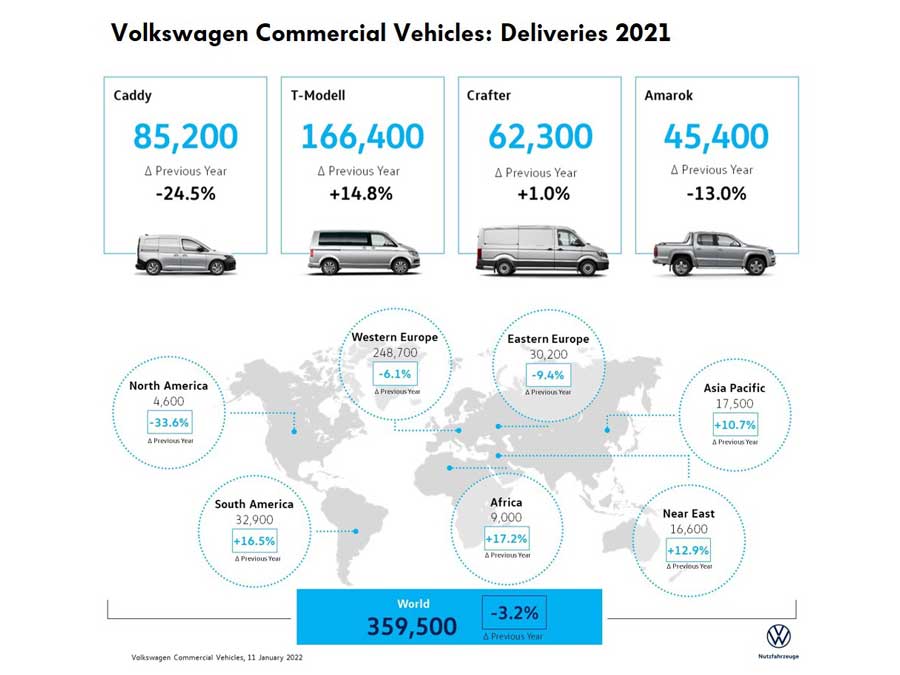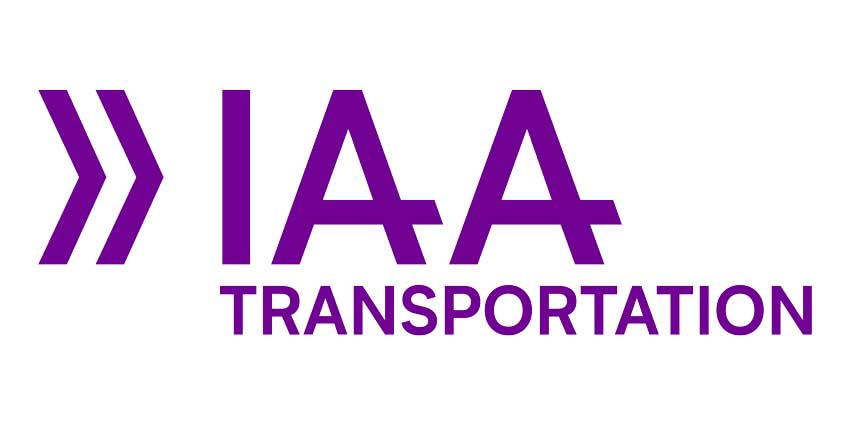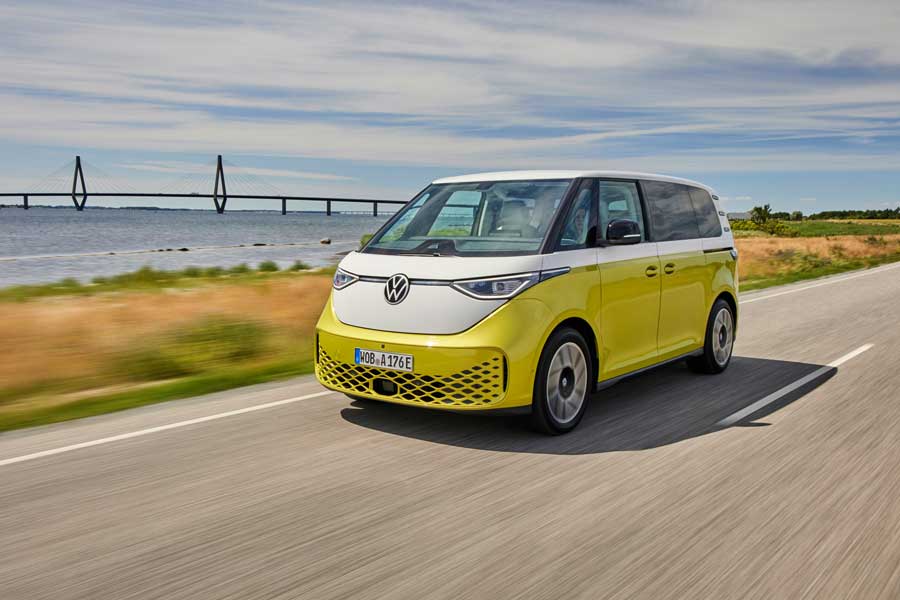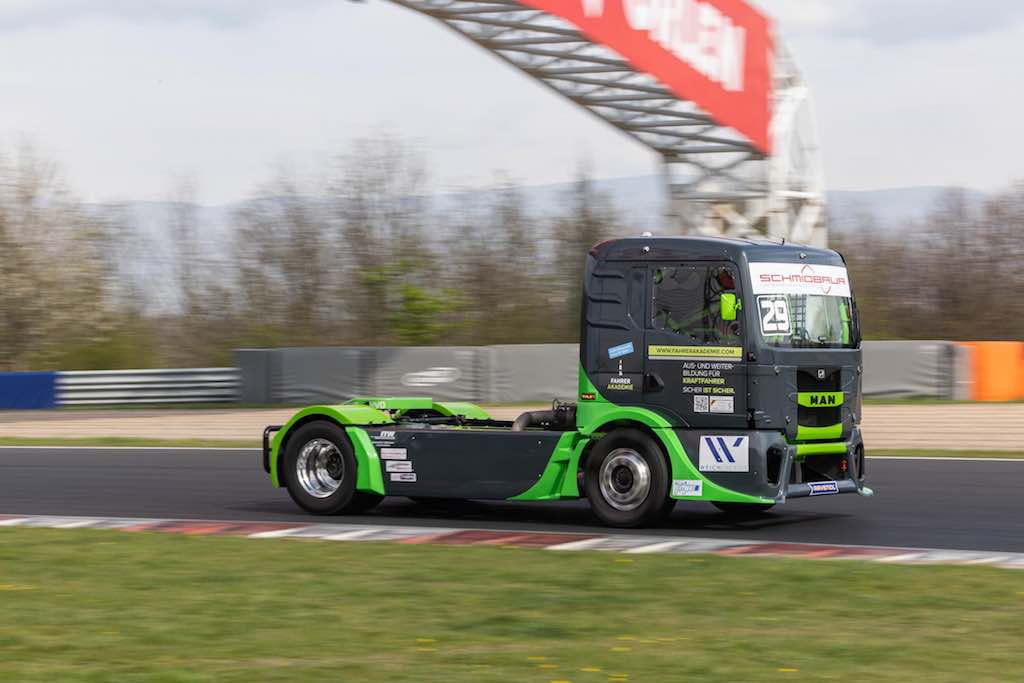2021 was again dominated at Volkswagen Commercial Vehicles (VWCV), as elsewhere, by the coronavirus pandemic and the challenges on the global semiconductor market that it partially caused. Over the course of the year, VWCV thus supplied a total of 359,500 vehicles to customers, a slight year-on-year drop of 3.2 per cent. “While we were almost able to maintain our previous year’s level in terms of units shipped, we are seeing very high, growing demand for our vehicles”, explains Lars Krause, Brand Board of Management Member for Sales and Marketing at Volkswagen Commercial Vehicles. “Last year alone orders received went up nearly 20 per cent compared to the year before. That’s a strong result for VWCV. Our main task for the coming months is therefore to continue during this tough production situation to work through fulfilling our high number of orders.”
Deliveries by product line
The T series remains Volkswagen Commercial Vehicles’ flagship line: the number of T series units shipped in the past year rose by 14.8 per cent to a total of 166,400 vehicles. Demand in 2021 was particularly high for the California 6.1, with units shipped rising by 20.2 per cent to 19,300. With the New Multivan, the year also saw the unveiling of the seventh generation of the popular family MPV, which was supplied to dealers in the fourth quarter. Based on the Volkswagen Group’s modular electric drive matrix, the New Multivan is being offered for the first time as a plug-in hybrid version as well. By the end of the year, there were already 13,500 orders on the books.
The new Caddy was especially hard hit last year by the challenging situation on the semiconductor market. The number of the popular city delivery vans shipped consequently fell by 24.5 per cent to 85,200 units. However, orders received for the new Caddy saw a 21.3 per cent year-on-year rise, providing impressive evidence of the vehicle’s popularity with both private and business customers.
The Amarok, which is now only being made in Argentina and was no longer being sold in Europe in 2021, accordingly fell back to 45,400 units supplied to customers (previous year 52,100). This summer the new Amarok is being launched. It originates for the first time from the cooperation with Ford and will then also be available again in Europe.
The Crafter total of units shipped last year was 62,300 (previous year 61,700). Within that the share of all-electric eCrafter vehicles rose to 1,500 units (+ 29.4 per cent).
Across the board, the number of electrified commercial vehicles supplied to customers went up again in 2021: while in 2020 it was 2,700, the figure rose last year by 35.1 per cent to 3,600. With the world première of the ID. Buzz on 9 March, Volkswagen Commercial Vehicles will be taking another systematic step forward on the path to electric mobility.

Alongside this trend towards electric motoring, there was continued high demand for VWCV’s premium leisure vehicles: the California models of the T6.1, of the Crafter and of the Caddy were handed over to customers a total of 23,300 times in 2021. The popular camper vans achieved growth last year of a good 28 per cent.
T series 166,400 (+ 14.8 per cent)
Caddy 85,200 (- 24.5 per cent)
Amarok 45,400 (- 13.0 per cent)
Crafter 62,300 (+ 1.0 per cent)
California models 23,300 (+ 28.7 per cent)
Electric models 3,600 (+ 35.1 per cent)
Units shipped by region
Western Europe: The number of vehicles supplied here to customers by VWCV was 248,700 (previous year 264,900). At 91,000 vehicles (101,000), Germany remains by far VWCV’s strongest market, followed by Great Britain at 36,800 (36,500) and France at 15,300 (15,900) units.
The market in Eastern Europe saw a drop for VWCV last year of 9.4 per cent to 30,200 vehicles supplied to customers. The largest individual market remains Poland with its two VWCV production sites at Poznań and Września. Units shipped totalled 9,100 (previous year 9,600).
North and South America: While Mexico – VWCV’s only market in North America – recorded a decline to 4,600 vehicles (previous year 7,000), the big variations in South America continued. At 32,900 vehicles, the region grew overall compared to the year before by 16.5 per cent (previous year 28,200). The growth is again being achieved predominantly on the Argentinian market with a rise of 44.6 per cent to 18,700 vehicles, while Brazil shows a fall to 7,900 (minus 25.5 per cent).
Asia/Pacific The whole region grew in 2021 by 10.7 per cent to 17,500 vehicles supplied to customers. Australia remains the strongest single market with a good increase to 12,500 units (previous year 10,500).
Africa: After a very weak year in 2020 (7,700), a slight recovery was achieved on the African continent with the units supplied rising to 9,000. In South Africa, the strongest individual market on the continent, a rise to 5,200 (4,300) vehicles was achieved despite the difficult coronavirus situation.
Middle East: Following a strong year in 2020, the region again recorded growth of 12.9 per cent to 16,600 vehicles in 2021. Here too the positive trend was confirmed in the strongest market: Turkey went up 17.0 per cent to 14,700 vehicles (previous year 12,500).










